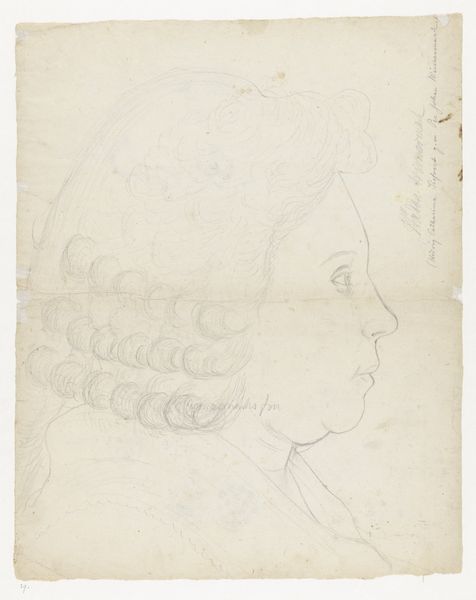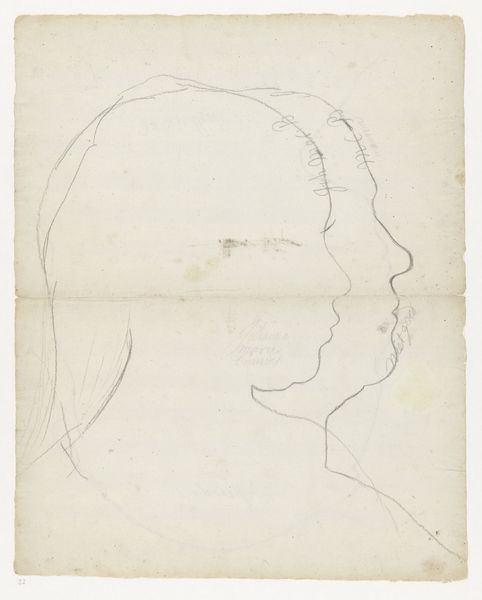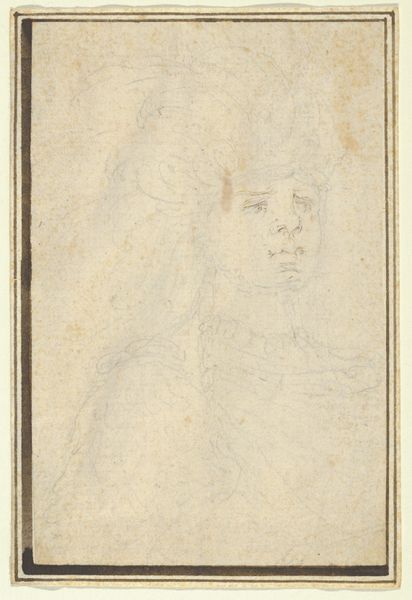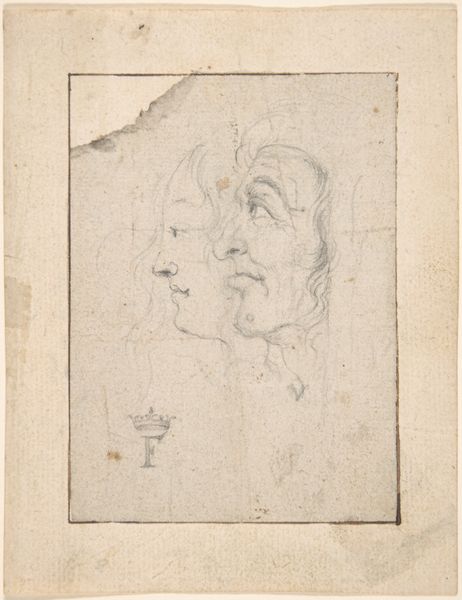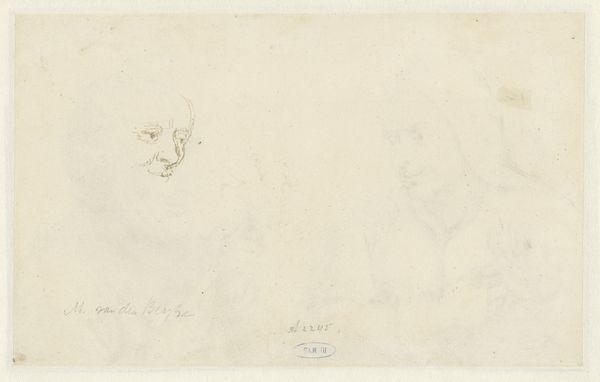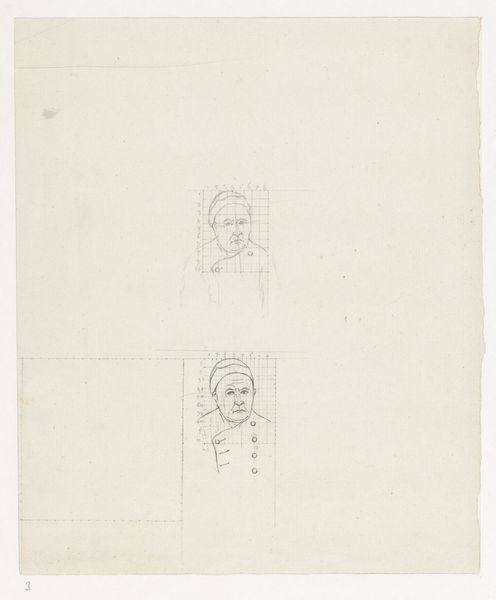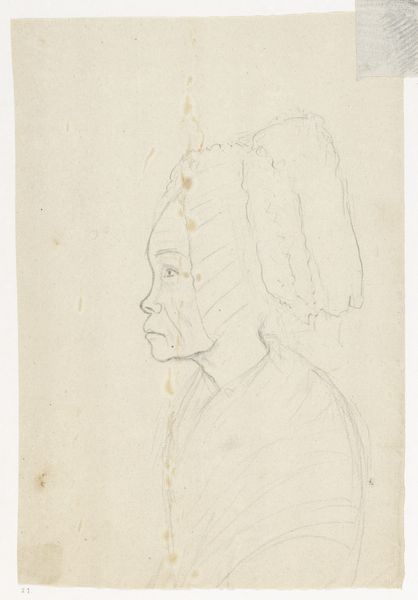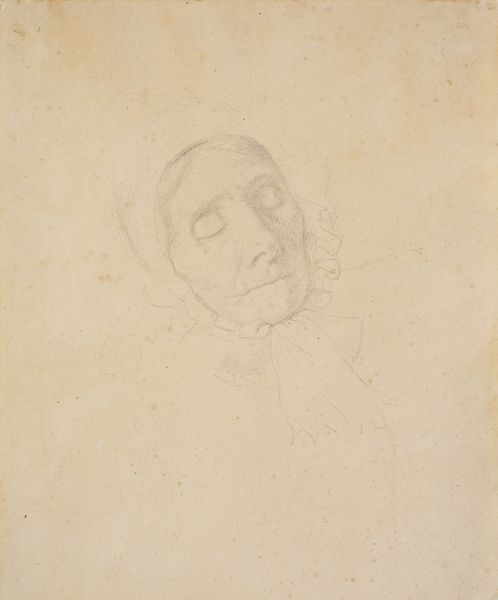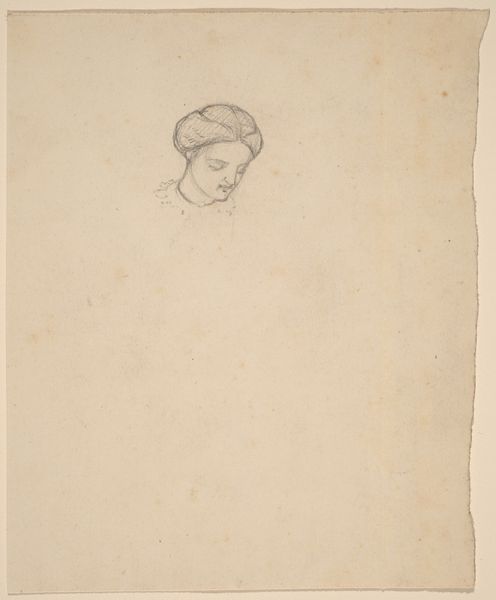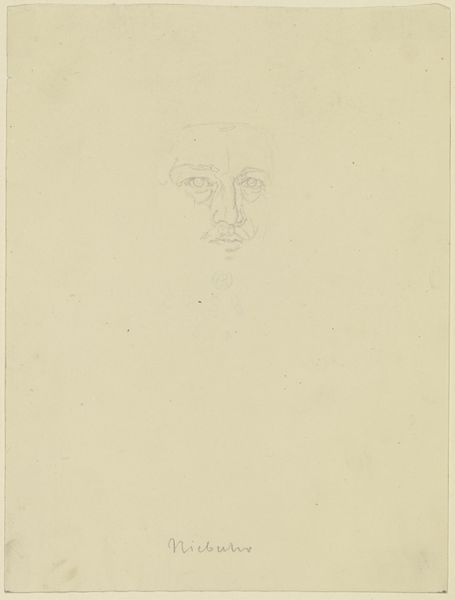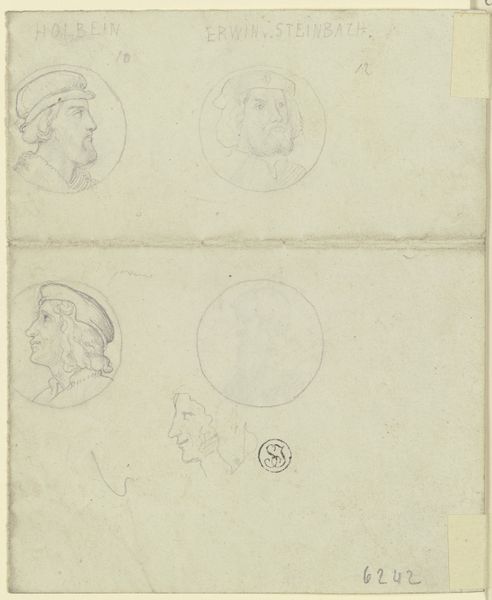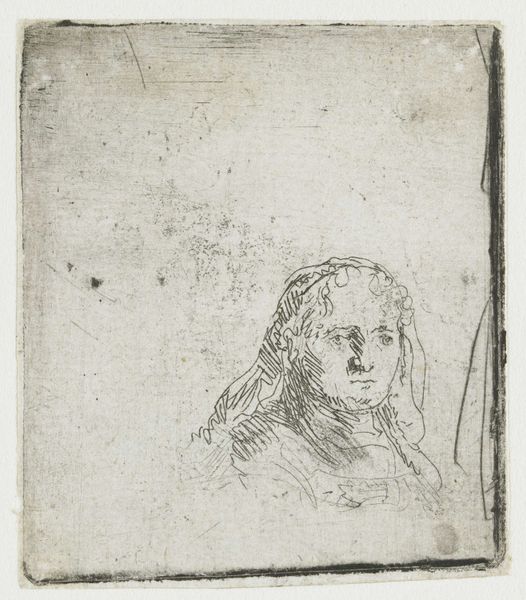
drawing, pencil
#
portrait
#
pencil drawn
#
drawing
#
self-portrait
#
pencil sketch
#
pencil
#
academic-art
Dimensions: height 144 mm, width 124 mm
Copyright: Rijks Museum: Open Domain
Editor: We're looking at a piece from the early 19th century, a pencil drawing entitled "Studie voor zelfportret Jan Brandes," or "Study for Self-Portrait Jan Brandes," created between 1803 and 1806. There's an unfinished quality to it, but it still feels quite intimate. What draws your eye in this work? Curator: I see a layered commentary on representation and identity. Look at the grid behind one of the portraits, a very visible construction of self. Brandes isn't just presenting himself; he's revealing the tools and techniques used to form that presentation. The question arises: can we ever truly capture a person, or are we always dealing with constructed representations? How does this influence the narrative and societal reception of self-representation, especially considering his social context? Editor: That's fascinating. I hadn't considered the grid as a commentary itself. So you're suggesting it reflects broader societal structures imposed on identity? Curator: Exactly. Consider the academic style of the time, which favored order and structure. Brandes places himself within that tradition, but the unfinished quality perhaps hints at a struggle, a resistance even, against complete categorization. He seems to ask if these frameworks, like art itself, serve to liberate or confine us. Do you agree? Editor: I do. I see it now. The lack of finish makes the artwork a bit more raw and honest than if he fully executed the portrait. The artist allows the viewer to see behind the veil and observe his process. Curator: Precisely! This piece invites us to think critically about the power dynamics inherent in self-representation. Brandes encourages us to examine how art both reflects and shapes our understanding of identity in broader society. Editor: This conversation shifted how I viewed this sketch and representation. It seems deceptively simple on the surface, but it carries such thought-provoking social commentary. Curator: Indeed, and that is what makes it an impactful work. By unveiling the processes of its creation, it urges us to contemplate how much an artist (or anyone, for that matter) is in control of their self-portrayal and self-expression.
Comments
No comments
Be the first to comment and join the conversation on the ultimate creative platform.
